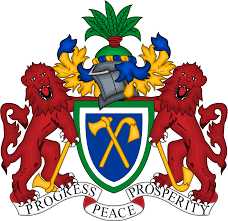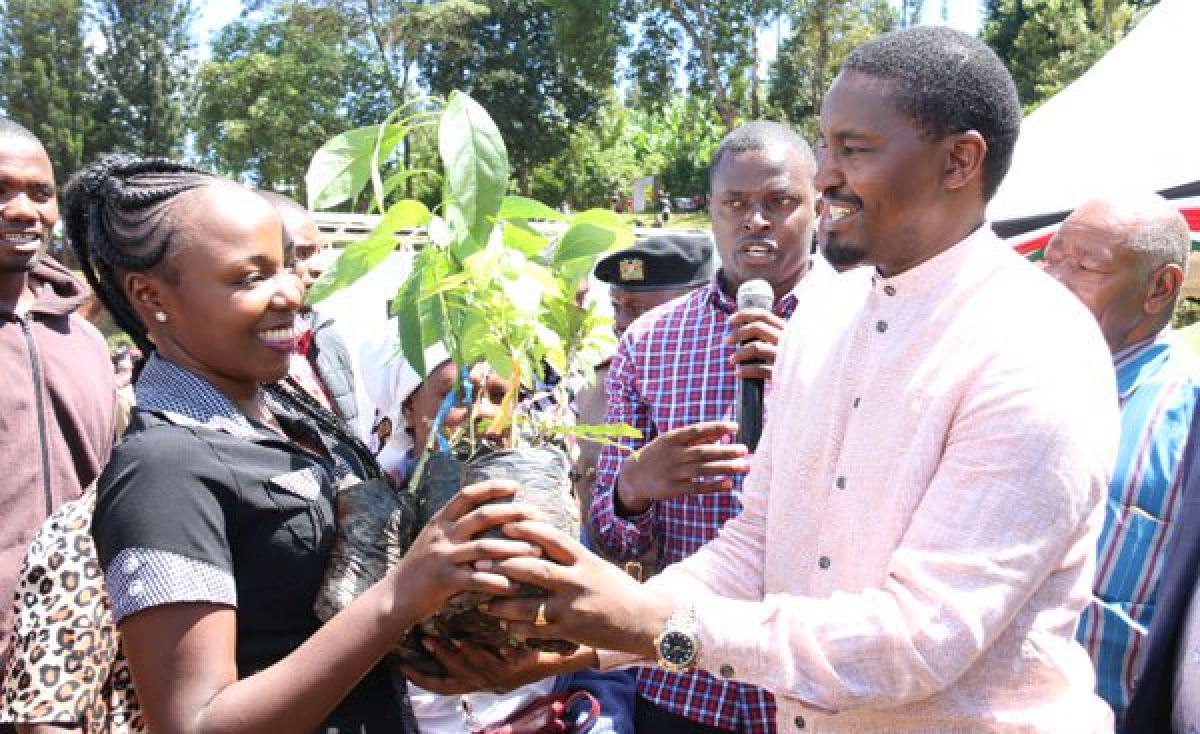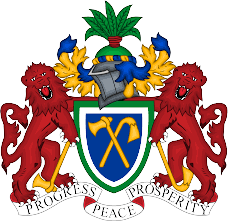RRVCDP
The Regional Rice Value Chain Development Project (RRVCDP) is a five-year (2020-2025) regional programme being implemented in five countries notably The Gambia, Senegal, Sierra Leone, Guinea Conakry and Niger. The Gambia component is an USD29.8million loan co-funded by the Lives and Livelihood Fund (USD15.0m) through the Islamic Development Bank (IsDB), 2.0m from the Islamic Solidarity Fund for Development (ISFD), USD10.0m from the Arab Bank for Economic Development in Africa (BADEA) and USD2.5m from the Government of The Gambia.
Project regions and targets
The project targets 80,000 beneficiaries in two administrative regions of The Gambia covering three agricultural regions namely Central River Region South (CRRS), Central River Region North (CRRN) and Upper River Region (URR).
Project Objectives
The project aims to increase rice production and productivity to help reduce the high dependency on rice importation. This will be achieved by developing 3,265hectares of land pump and tidal irrigation schemes; Provision of machineries: 17 tractors, 50 power tillers and other inputs.
The project is promoting Agribusiness and Market Development through the construction of post-harvest infrastructure including 20 drying floors and 9 district stores; installation of 15 rice milling machines and the construction of 50km of access roads to rice fields and markets. The project will help strengthen the capacity of 18 farmer organizations to improve governance and productivity. Furthermore, the project will also provide Policy and institutional support through the Provision of financial resources (3,500 Islamic Microfinance loans) to integrate successful models of high rice production, Reverse Linkage and Stakeholder Forum.
Expected outcomes of the project interventions
- Increased areas under rice cultivation in partnership with Private Sector
- Rice productivity increase from 2 Ton/Ha to 4 Ton/Ha
- Increased in rice National production by 35%
- Increased in rice self-sufficiency from 20% to 30%
- Increase income of 80,000 beneficiaries (including 40,000 women and youth) by 50%
- Increased job creation along all the segments of the rice value chain (21,000 jobs created (15,000 in production and 6,000 in other segments of value chain)
- Private sector led Rice Value Chain is developed and operationalized
- Islamic Microfinance is developed and Institutionalized in the country


